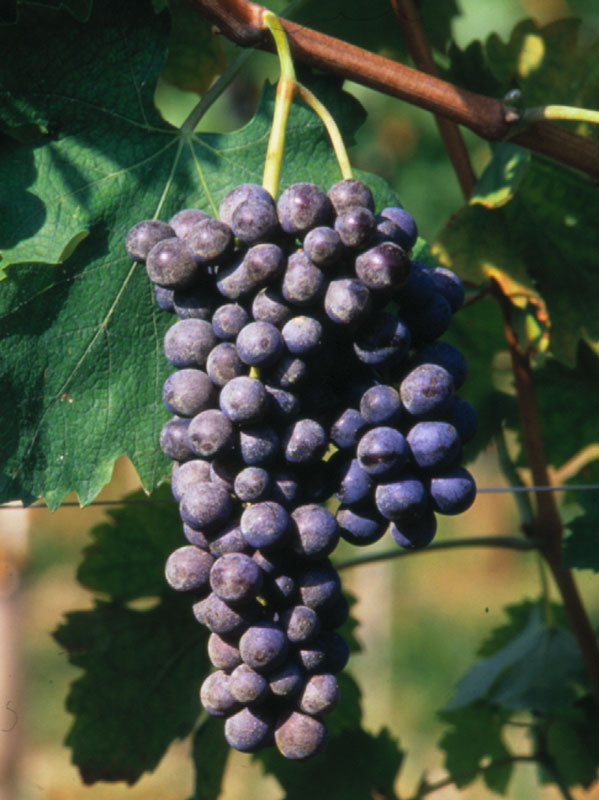Grapvines: Corvina

The Corvina plant has its origins from Valpolicella. It is a type of red-berry grape and is the most important grape in the making of Valpolicella and bordolino wines. In addition, it is much appreciated for its particular type of drying process in the making of Recioto and Amarone wines. The Corvina has many different sub-varieties among which includes: “Little Corvina” (or Nice Corvina), “Medium Corvina,” “The Cruina” and “Big Corvina” (which shouldn’t be confused with the Corvina).
Historic Outline
It was Celsio Aulio Cornelio who first wrote about the Corvina in the 2nd century. He described the plant as being able to produce an excellent wine. Afterwhich, Plinio il Vecchio (Plinio the Old), left important documents confirming the origin of the plant was from the provenance of Verona.
The Name:
Being that this plant has very old origins, there are many hypothesises about the name Corvina, some of which have an almost legendary quality. However, the most probable hypothesis comes from the fact that is deep blue-black in colour, like a crow (or crovino in Italian), which were very numerous in the Valpolicella area in the far past.
Characteristics
The Corvina plant from Verona is very robust and hardly ever falls victim to diseases. It is well-adapted to various types of soil, including soil containing clay or calcar and zones subject to flooding.
The bunches of grapes are of medium size, cylindrical and pyramid in shape and very compact. They have an average weight of 150 grams.
The grape is medium in size, elliptical in shape and has a deep blue-black colour. The skin is firm and the pulp juicy. It matures rather late in the season when compared with most types of grapes.
The leaf is of a medium size and pentagonal in shape.


 Italiano
Italiano